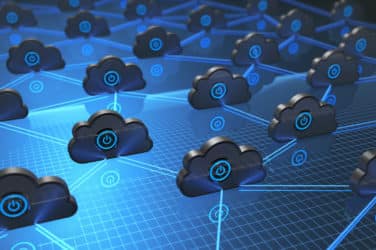Computing follows the same rules as does business. As per the late great economist Milton Friedman, there is no free lunch.
Many people tend to forget this as they continue more processing jobs and data into the cloud while moving their IT investments from their capital budgets to their operational budgets.
However, these hosted systems still need to be housed, powered and cooled.
By 2020, some ugly growth curves will start to intersect as the second Internet revolution increases the demand for data centers, which in turn will fuel an even greater demand for electricity.
According to Cisco’s most recent Visual Networking Index, the amount of global IP traffic will surpass one zettabyte (ZB), or a billion terabytes, by the end of the year. In four years, Cisco estimates that it will reach 2.3 ZBs. Driving this growth is the explosion of IP-enabled devices- mobile phones, tablets, entertainment systems, appliances, vehicles.
How many bytes are in a ZB? 2 to the 70th power. Not 7th — 70th.
Cisco researchers estimate that the number of devices and connections per capita will grow roughly by 8% globally. They predict that North America will see the largest growth, 11.3%, as every individual goes from today’s 7.14 connections to 12.18 connections in 2020.
A study done by General Electric and BI Studios found that the Internet of Things is expected to have a compounded annual growth rate of 41% through 2020, which translates to approximately 24 billion installed IoT devices.
Surprisingly, the researchers estimate that business and government use of IoT devices, 11.2 billion and 7.7 billion respectively, will outpace the 5 billion forecasted for consumer use.
All of these devices will require some server-side support and those servers have to be housed someplace. It most likely will be in the cloud as Cisco’s Global Cloud Index estimates that 83% of all data center traffic will come from the cloud by 2019.
Despite looming demand, authors of a data center growth study that commercial real estate services firm JLL published concluded the multi-tenant data center market would only have a compounded annual growth rate of 12.1% through 2020.
Environmental watchdog Greenpeace estimated in 2015 report that the information and communications technology sector would be responsible for between approximately 7% to 12% of all global electricity consumption.
On a much scarier note, the US Energy Information Administration expects to see the total power sector capacity growth rise by 0.5% through 2040.
An unlimited demand for computing resources combined with limited data center growth and a relatively steady supply of electricity promises to turn computer processing into a much more expensive resource in the years to come.
For more on Cloud Computing:





